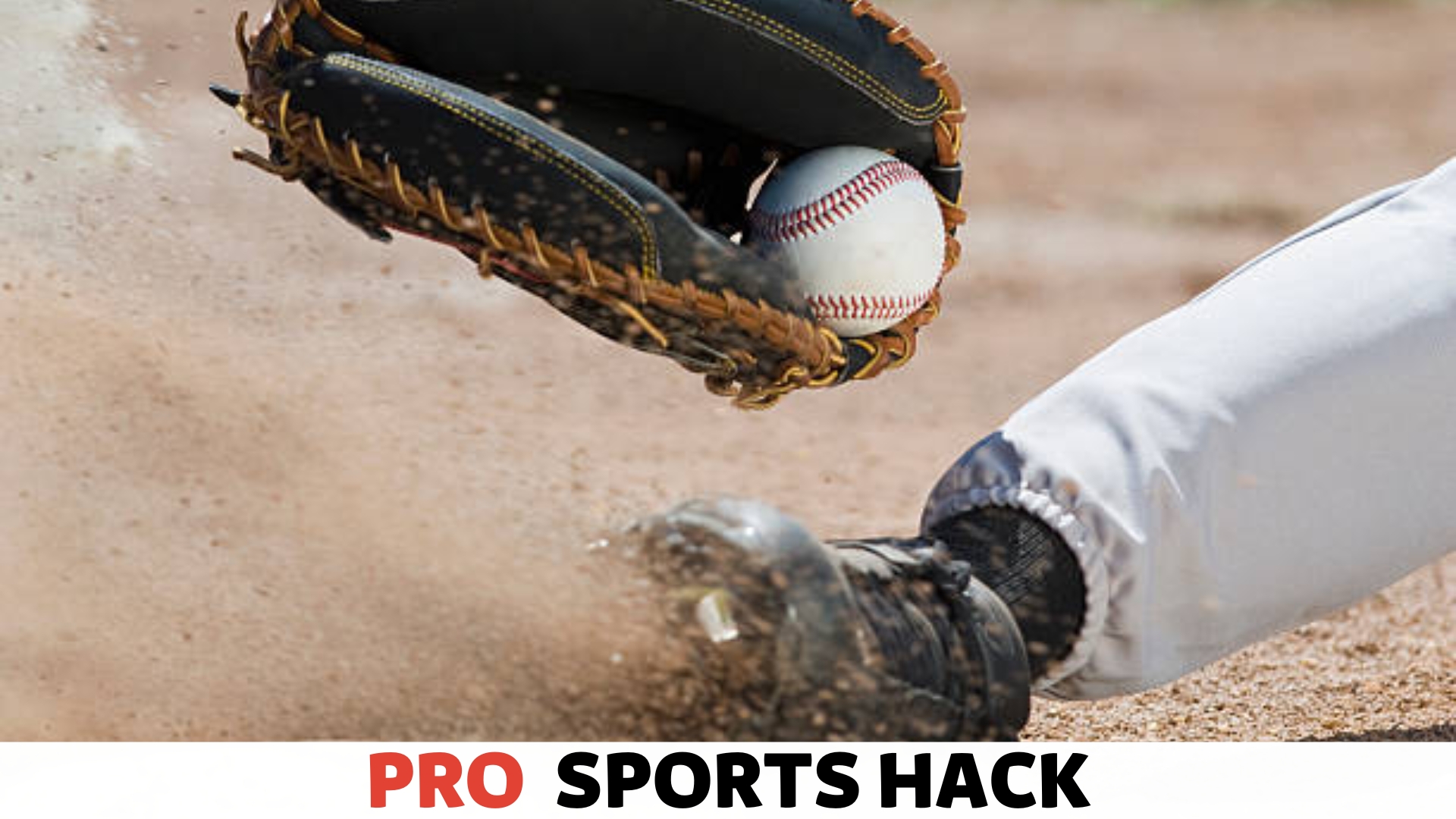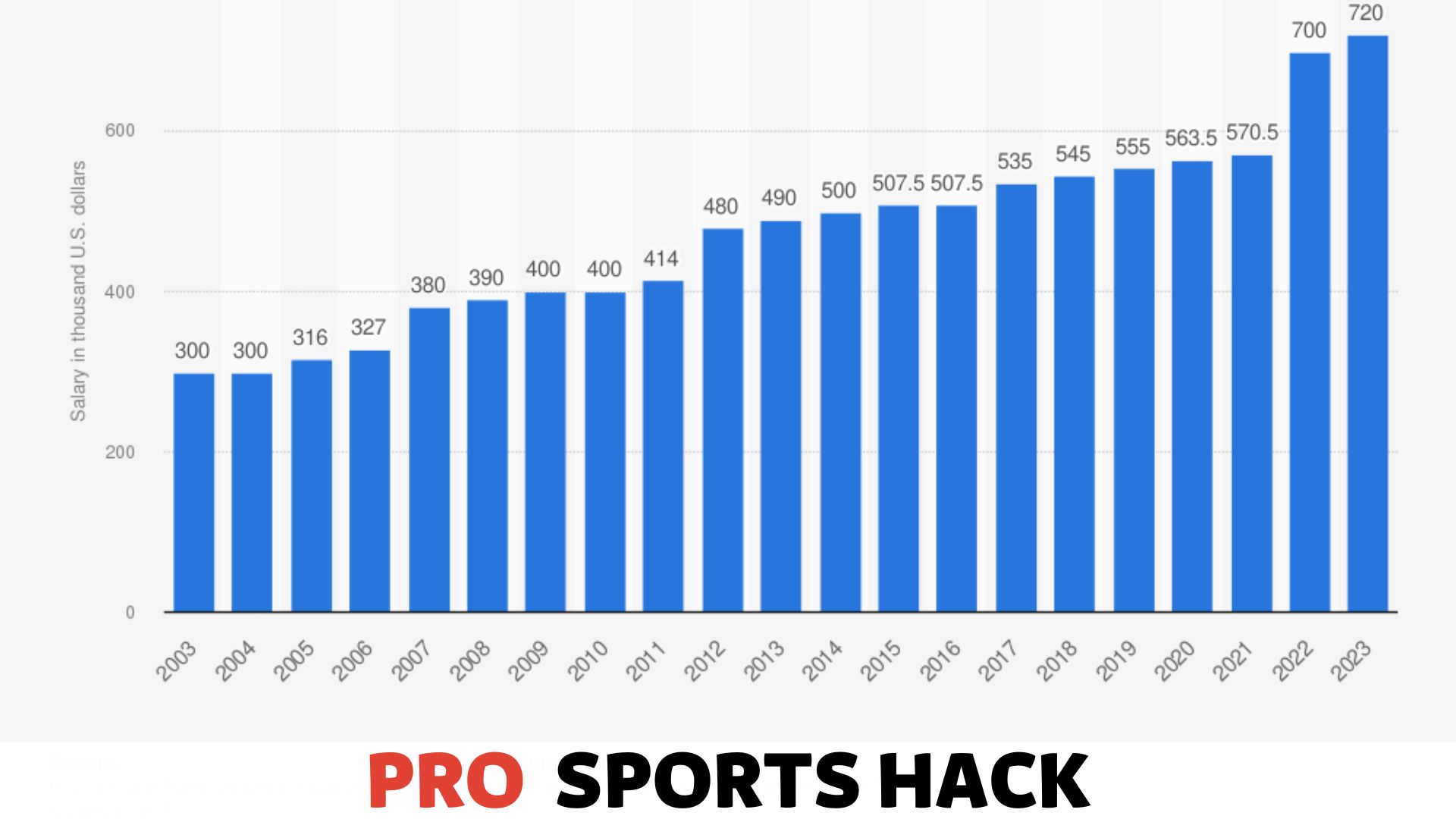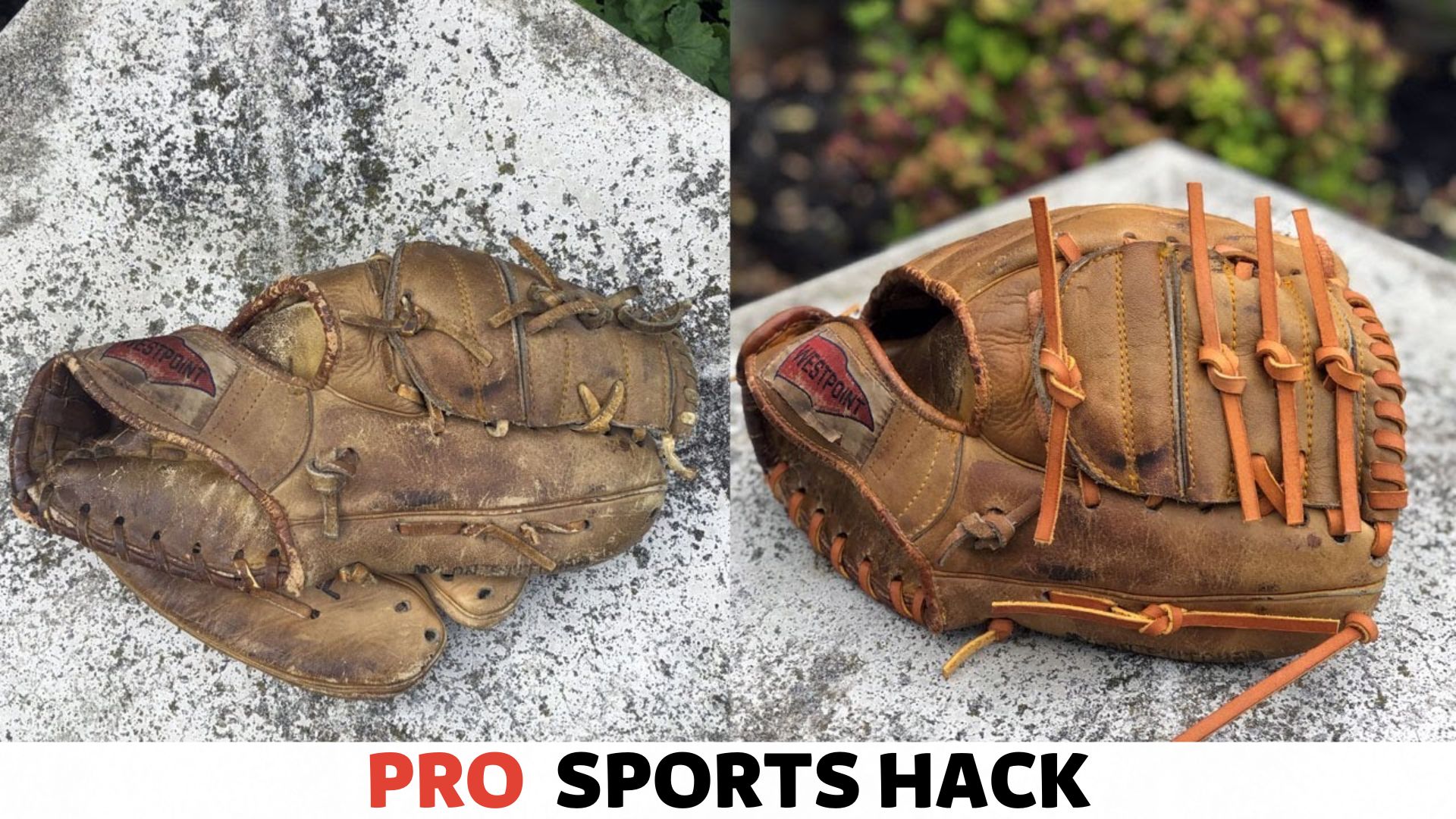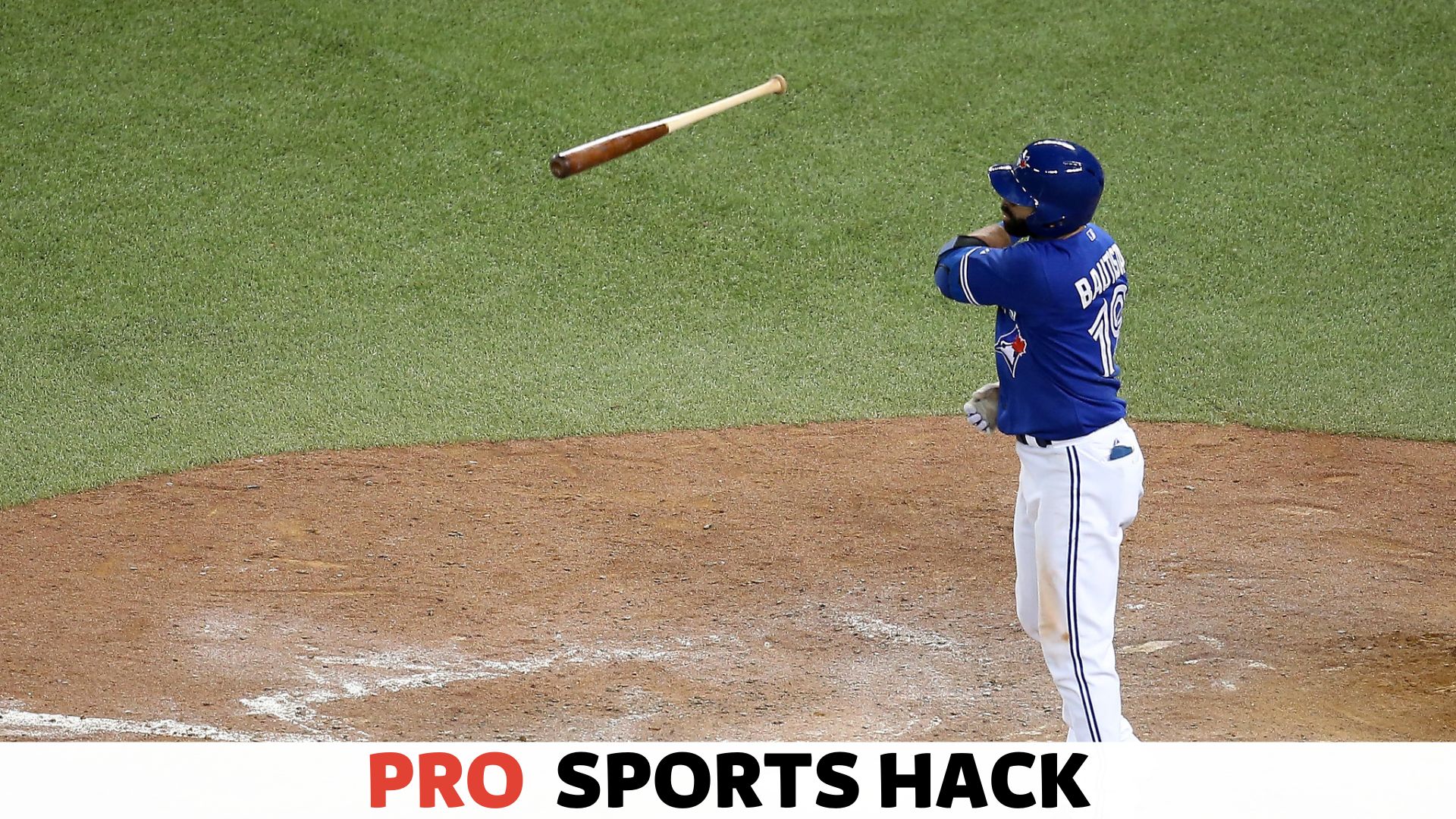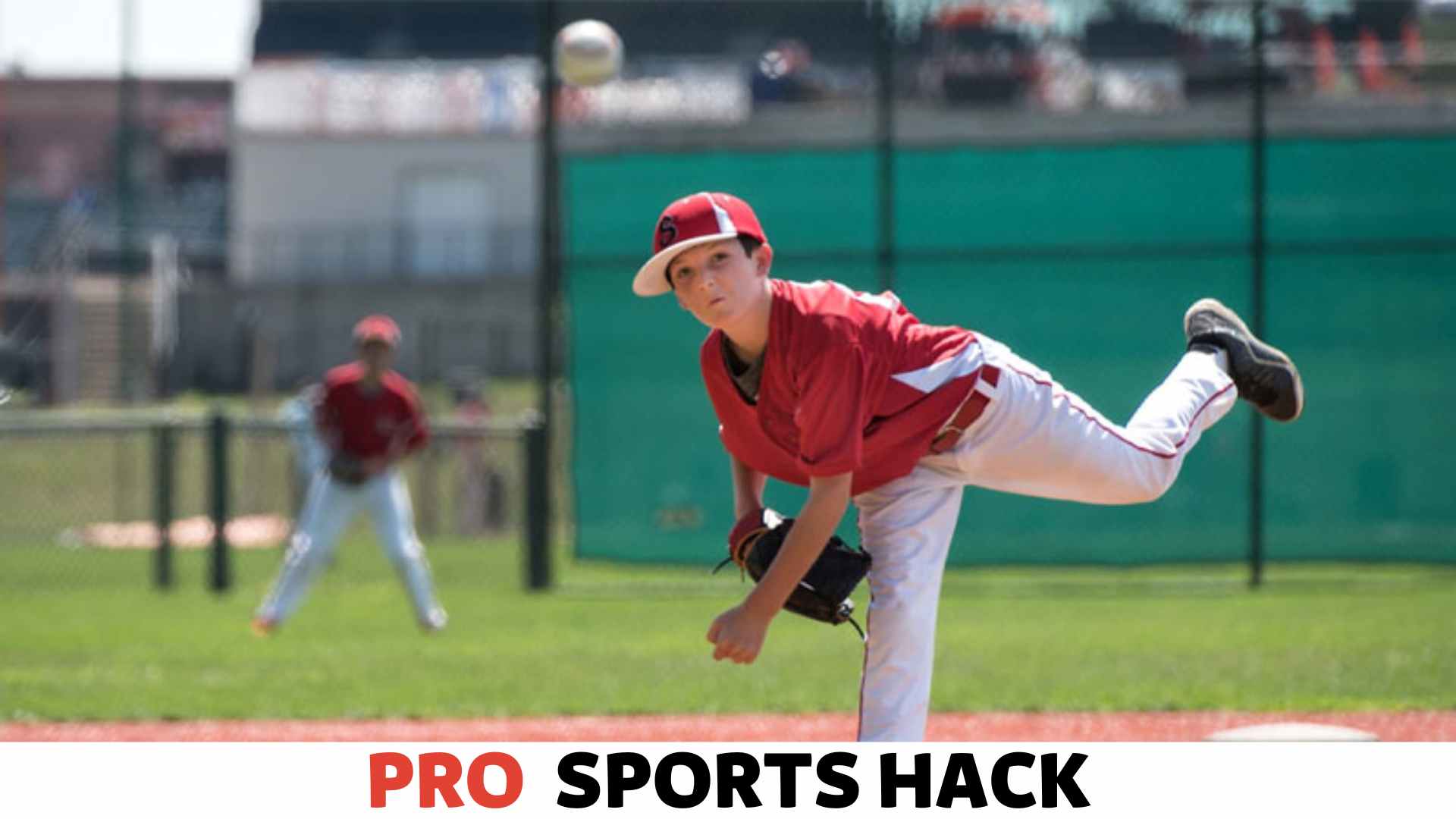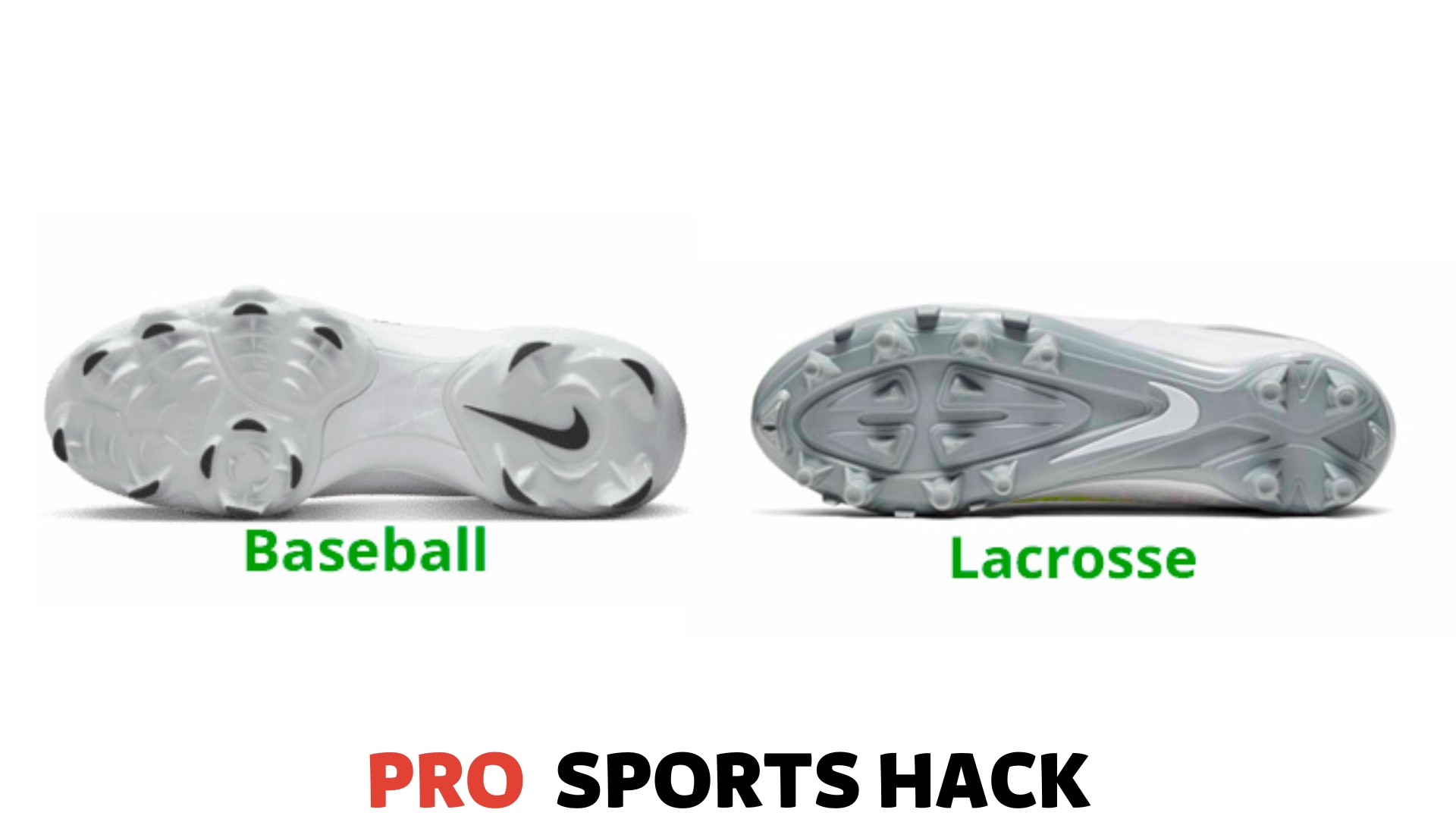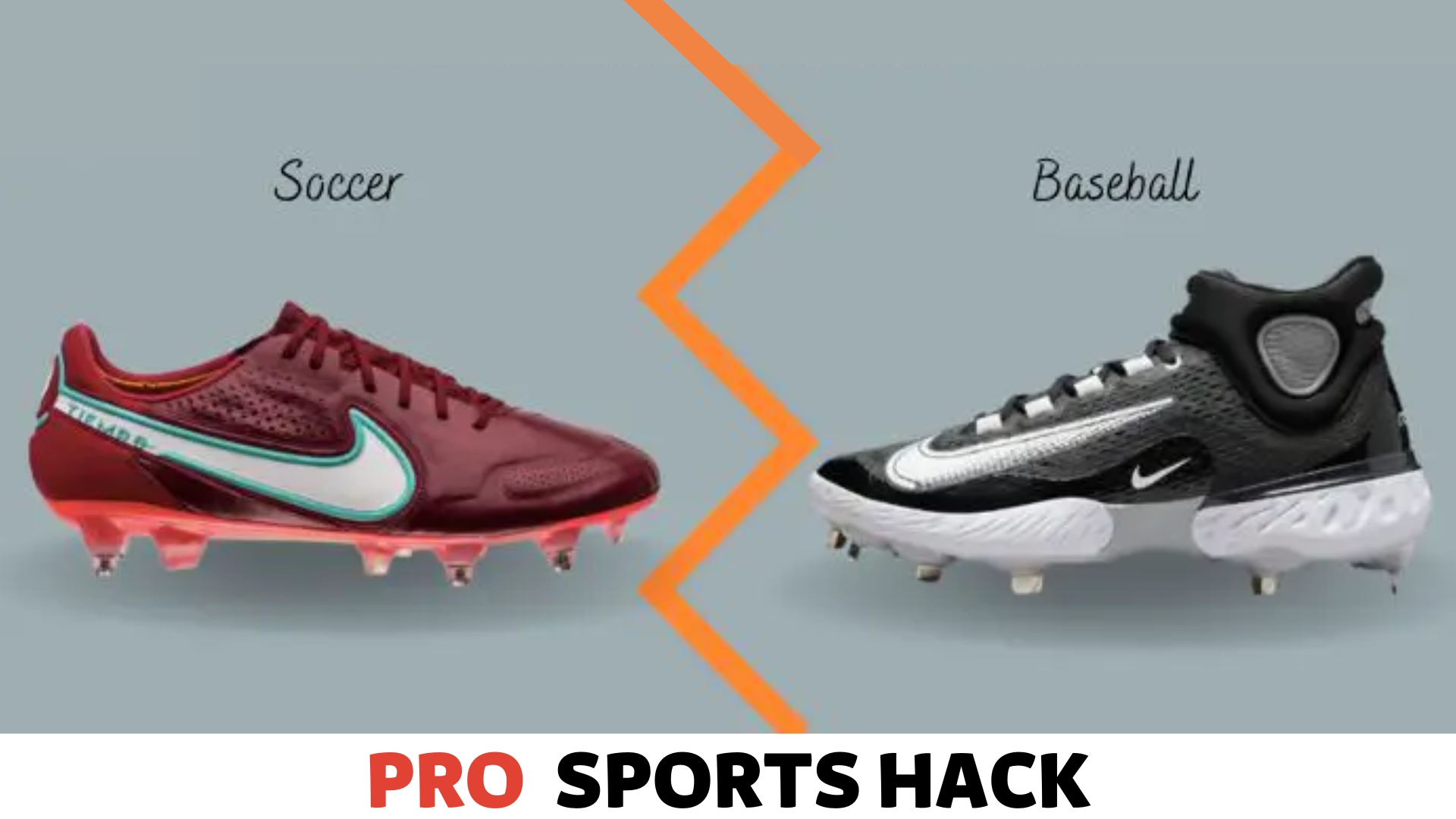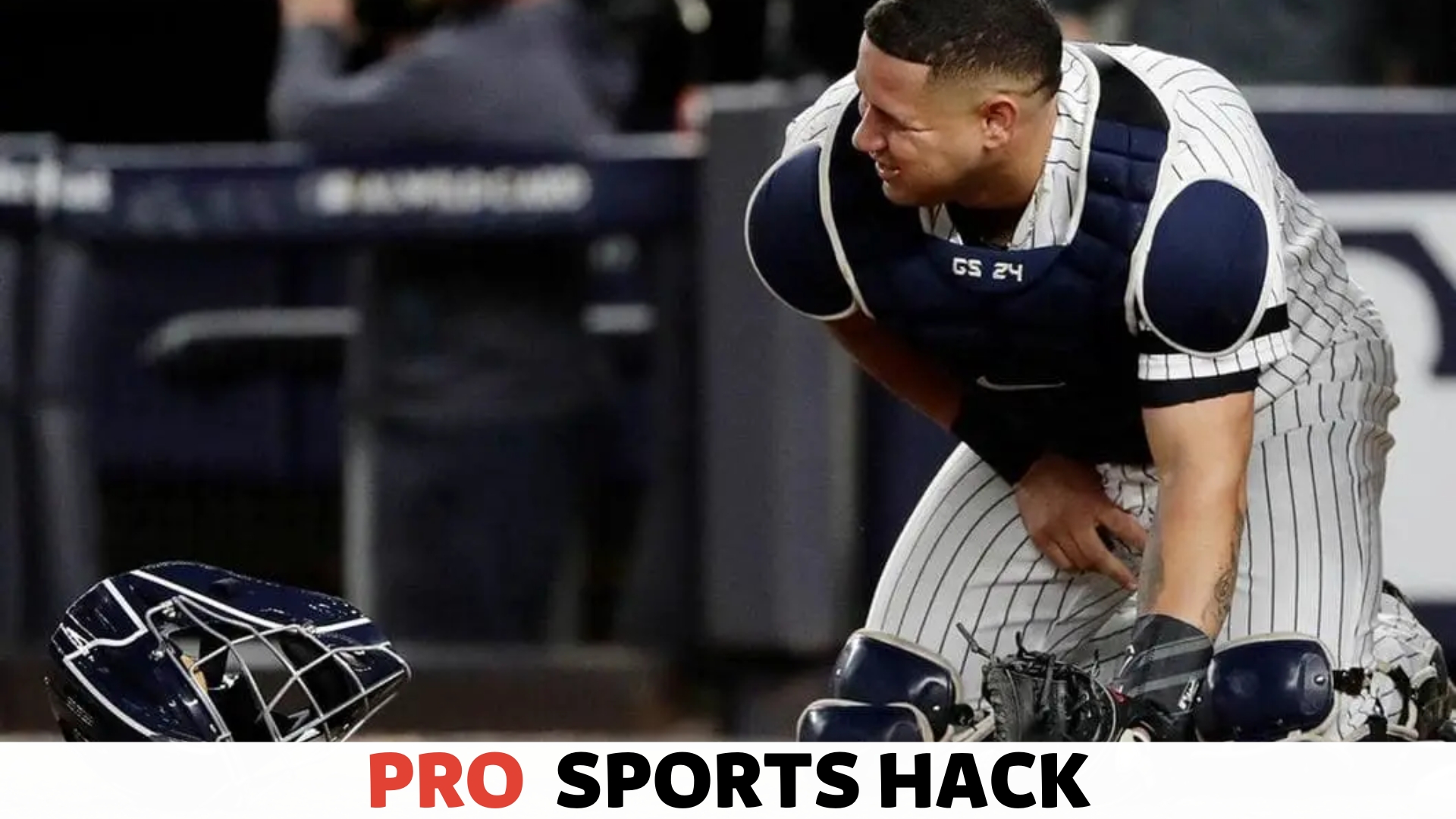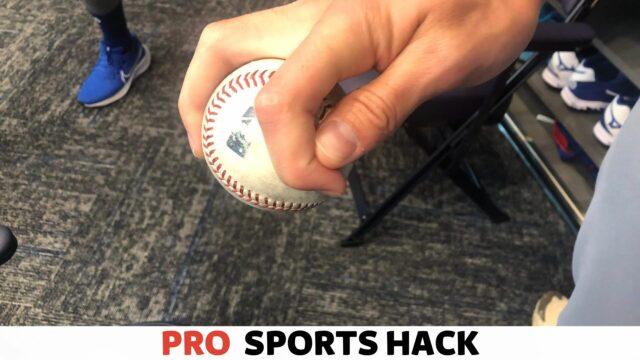
To grip a splitter, place your dominant hand firmly on the lower part of the ball’s seams and your other hand on the side, ensuring a strong grip.
Splitter grip is a crucial aspect of pitching in baseball, and mastering it can greatly enhance your performance on the mound.
Mastering the grip of the splitter pitch is essential for any pitcher who wants an effective arsenal. The splitter, or forkball, is a deceptive pitch that drops sharply before reaching the plate.
Its grip is unique, making it challenging to control, but once mastered, it can be a powerful weapon in a pitcher’s repertoire.
We will break down the step-by-step process of griping a splitter and provide valuable tips to improve your effectiveness on the mound.
Whether you are a beginner looking to learn the fundamentals or a seasoned pitcher hoping to refine your technique, this guide will offer valuable insights to help you grip a splitter like a pro.
Understanding the Splitter Pitch
The splitter pitch, also known as the splitter or forkball, is one of baseball’s most intriguing and deceptive pitches. It is characterized by its downward movement and sudden drop before reaching the batter.
To grip the splitter correctly and maximize its potential, it is vital to understand its unique characteristics and challenges.
In this section, we will delve into the fundamentals of gripping the splitter, discuss its advantages and challenges, and emphasize the importance of a solid grip.
Grip Fundamentals
The grip is the starting point for successfully throwing a splitter. A proper grip ensures control and deceptive movement.
The following steps will guide you in achieving an effective grip:
- Start with a standard four-seam fastball grip, placing the fingertips on the horseshoe seams of the baseball.
- Move the index and middle fingers closer to create space between them, approximately one to two centimeters.
- Position the fingertips directly on the seams, running perpendicular to them.
- Apply slight pressure with the thumb against the inside of the baseball to stabilize the grip.
- Keep a loose grip on the ball to maintain flexibility and allow for release.
A proper grip enhances control and enables you to generate the pitch’s unique movement, fooling batters and keeping them guessing.
Unique Challenges and Advantages
The splitter pitch presents both challenges and advantages to pitchers. Understanding these aspects can give you an edge in successfully executing this pitch:
Challenges
- Arm Speed: The splitter requires arm speed similar to a fastball, making it essential to maintain consistency and avoid tipping off the batter.
- Release Point: Achieving a consistent release point is crucial to maintain control and prevent the pitch from spinning off target.
- Grip Pressure: Striking a balance between gripping the ball firmly enough to control it and loosely enough to allow for proper movement can be challenging.
Advantages
- Deceptive Movement: The splitter’s downward action can cause batters to swing over the top of the ball, leading to strikeouts and weak ground balls.
- Effective Against Both Sides of the Plate: With its natural movement, the splitter can be equally effective against both right- and left-handed batters.
- Velocity Variation: Throwing the splitter with a similar arm speed as the fastball can create velocity variation, keeping hitters off balance.
Importance of a Solid Grip
A solid grip on the splitter is essential to ensure command and minimize the risk of accidental slips that could result in unpredictable and undesirable movement.
Without a firm grip, the ball may not behave as intended, impacting the effectiveness and consistency of the pitch.
Additionally, a proper grip enables you to maintain control and replicate the desired movement, allowing you to optimize your pitching arsenal.
Key Factors for Effective Splitter Grip
When it comes to pitching, a strong and effective grip on the splitter can make all the difference between a successful pitch and a missed opportunity.
The splitter, known for its sharp downward movement, requires a specific grip technique to maximize control and movement.
In this section, we will explore the key factors contributing to an effective splitter grip, including hand positioning and pressure, finger placement, action, and adjusting to individual preferences.
Hand Positioning and Pressure
Proper hand positioning and pressure are crucial components of an effective splitter grip. Your hand should be positioned to allow optimal control and stability to achieve the desired movement.
Here are a few key pointers to keep in mind:
- Ensure a firm yet relaxed grip on the ball. Too much tension can hinder your control over the pitch.
- Place the ball deep into the hand, avoiding contact with the palm. This allows for better leverage and control during release.
- Position your fingers across the seams, gripping them tightly. This will facilitate the desired split-fingered effect and enhance the pitch’s movement.
Finger Placement and Action
In addition to hand positioning, finger placement and action are crucial in perfecting your splitter grip. Here are a few tips to enhance your finger technique:
- Position your index and middle fingers directly on the outside of the horseshoe-shaped seam. This placement helps generate the desired split-fingered effect.
- For proper action, focus on maintaining consistent pressure between the fingers. This ensures a unified release, maximizing the pitch’s movement and deception.
- As you release the ball, pull it down firmly with your fingertips. This action imparts the necessary spin and downward movement, making the pitch harder for hitters to track.
Adjusting to Individual Preferences
While general guidelines exist for an effective splitter grip, pitchers should also consider their individual preferences and comfort.
Everyone’s hand size, strength, and pitching style may vary, so adjusting your grip accordingly can help optimize your performance. Here are some factors to consider:
- Experiment with slight hand positioning and finger placement variations to find the most natural and comfortable grip.
- Pay attention to feedback from your pitches. If you notice inconsistent movement or control, don’t hesitate to make minor adjustments to your grip.
- Regular practice and fine-tuning are crucial for developing a reliable splitter grip. Dedicate time to honing your technique and making adjustments as needed.
Mastering the splitter grip takes time, patience, and plenty of practice.
By focusing on hand positioning and pressure, finger placement and action, and adjusting to your individual preferences, you can refine your abilities and deliver a devastating splitter pitch that keeps hitters guessing.
Proven Techniques for Splitter Grip
When mastering the art of pitching, a firm grasp on the splitter grip is essential.
Utilized by professional pitchers to confound batters with its deceptive movement, the splitter requires a unique and precise grip.
Below are a few proven techniques for perfecting your splitter grip.
Learning From Professional Pitchers
Learning from the pros is one of the most effective ways to enhance your splitter grip. Studying the techniques and approaches of successful professional pitchers can provide invaluable insights into mastering this challenging pitch.
By observing their hand positioning and how they apply pressure on the ball, you can gain a deeper understanding of the nuances of the splitter grip.
Practicing Grip Variations
Experimenting with various grip variations is crucial for developing a comfortable and effective splitter grip. Pitchers should explore different finger placements and pressures to find the grip best suits their hand size and pitching style.
By practicing with different grip variations, pitchers can identify the most reliable technique for achieving their splitter’s desired movement and speed.
Fine-tuning for Consistency and Control
Once a suitable grip has been established, fine-tuning it for consistency and control is paramount. This involves focusing on the alignment and pressure of the fingers and the overall comfort and stability of the grip.
Pitchers should continuously refine their technique to achieve optimal consistency and control over the splitter, ensuring it becomes a reliable weapon in their pitching arsenal.
Common Mistakes and How to Avoid Them
Gripping a splitter is a crucial skill in baseball that can greatly impact a pitcher’s performance. However, there are several common mistakes that many players make when gripping this pitch.
You can avoid pitfalls and improve your splitter command by understanding these mistakes and implementing the proper techniques.
In this section, we will discuss three common mistakes and provide practical strategies to avoid them:
Over-gripping
One common mistake many pitchers make when gripping a splitter is over-gripping the ball.
Over-gripping occurs when you tightly squeeze the ball with your fingers, decreasing control and excessive spin. To avoid over-gripping:
- Find a comfortable and relaxed grip: Instead of squeezing the ball as hard as possible, focus on finding a natural and comfortable grip. This will allow for a more fluid and consistent execution of the pitch.
- Use light finger pressure: Instead of excessive force, apply just enough pressure with your fingers to maintain control of the ball. This will help prevent the ball from slipping out of your hand while allowing for the proper release.
Lack of Adaptability
Another common mistake pitchers make when gripping a splitter is failing to adapt their grip to different game situations.
Each pitcher has a unique hand size, finger length, and grip strength, and therefore, it is essential to adjust the grip according to your own capabilities and the specific game situation.
To avoid the lack of adaptability:
- Experiment with different finger placements: While there are general guidelines for gripping a splitter, it is important to experiment with various finger placements to find the best grip. This may involve adjusting finger pressure, positioning, or exploring alternative finger placements for more comfort and control.
- Practice in various conditions: Grip adjustments can also be influenced by weather conditions such as humidity or temperature. By practicing in different environments, you can fine-tune your grip and enhance your adaptability to throw the splitter effectively under various circumstances.
Correcting Grip During Gameplay
During the fast pace of gameplay, it is not uncommon for pitchers to find their grip slipping or becoming uncomfortable.
Knowing how to quickly correct your grip without disrupting your rhythm is essential in such situations.
Here are a few strategies to ensure you can correct your grip effectively:
- Develop a consistent routine: Establishing a consistent and efficient grip correction routine can help you adjust seamlessly without interrupting your pitching flow. Practice this routine during your training sessions to become second nature during games.
- Focus on grip pressure: Pay attention to the pressure you apply with your fingers when correcting your grip. Make minor adjustments to ensure a firm but comfortable grip on the ball. Avoid sudden changes that might affect your release and control.
- Communicate with your catcher: If you struggle to correct your grip during a game, communicate with your catcher. They can provide valuable insights, offer suggestions, and give prompt reminders or adjustments to help you maintain a consistent grip.
Perfecting Your Splitter Grip
When pitching, the splitter is one of the most devastating pitches in a pitcher’s arsenal. The grip on this pitch is crucial for its success, as it involves controlling a split-fingered grip on the ball.
In this section, we will discuss three essential factors that can help you perfect your splitter grip: having a continuous improvement mindset, persistence and patience, and seeking expert guidance and feedback.
Continuous Improvement Mindset
A continuous improvement mindset is vital for any pitcher seeking to perfect their splitter grip. This mindset involves constantly seeking ways to enhance your technique and adapt to changing circumstances.
Here are a few tips for cultivating a continuous improvement mindset:
- Set specific goals: Establishing clear, measurable goals can provide direction and motivation for your training sessions.
- Be open to feedback: Actively seek input from coaches, teammates, or experienced pitchers who can provide valuable insights and suggestions for improvement.
- Analyze and adjust: Regularly assess and analyze your grip technique, looking for areas for adjustments. Experiment with different finger placements and pressures to find what works best for you.
Persistence and Patience
Perfecting any pitching grip, including the splitter, requires persistence and patience. It is essential to understand that mastery takes time and dedication.
Keep the following points in mind as you work on your splitter grip:
- Practice consistently: Set aside regular practice sessions dedicated specifically to your grip. Focus on building muscle memory and developing a feel for the pitch.
- Stay committed: Understand that progress may not be immediate and setbacks may occur. Stay focused on your long-term goal and remain committed to the process.
- Track your progress: Record your performance and observe any improvements or areas that need further attention. This will help you track your growth and identify patterns over time.
Seeking Expert Guidance and Feedback
Seeking expert guidance and feedback is crucial for honing your splitter grip. Working with experienced coaches or pitching instructors can provide valuable insights and personalized guidance.
Here’s how you can make the most of expert guidance:
- Find a knowledgeable coach: Look for a coach or instructor with experience with the splitter pitch who can provide tailored advice based on your needs.
- Video analysis: Record your pitching sessions and review them with your coach. This can help identify any flaws or areas for improvement in your grip technique.
- Regular check-ins: Schedule regular check-ins with your coach to discuss progress, ask questions, and receive feedback. Consistent communication will ensure you stay on track and make necessary adjustments.
You can perfect your splitter grip over time by maintaining a continuous improvement mindset, demonstrating persistence and patience, and seeking expert guidance and feedback.
Remember, mastering the splitter pitch takes dedication and practice, but the results can be a game-changer for your pitching repertoire.
Conclusion
One can enhance their pitching skills significantly by mastering the technique of gripping a splitter. With the correct grip, pitchers can effectively control the movement and velocity of the ball, leaving batters puzzled.
Whether it’s a two-seam or four-seam grip, understanding the mechanics and practicing diligently is crucial for success on the mound.
Refining this skill will elevate a pitcher’s game to the next level.




![Cat in the Chrysalis Spoiler: All You Need To Know [Updated] Cat in the Chrysalis Spoiler](https://prosportshack.com/wp-content/uploads/2024/02/Cat-in-the-Chrysalis-Spoiler-100x75.jpg)







